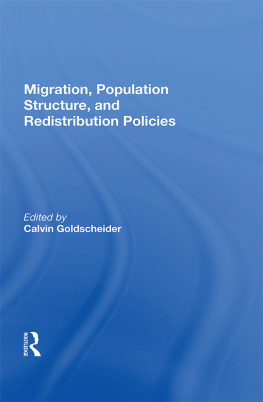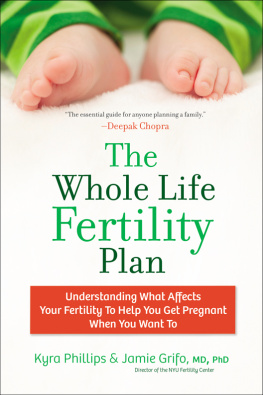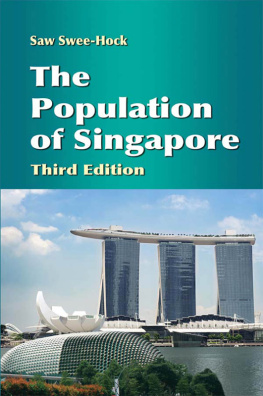Calvin Goldscheider - Fertility Transitions, Family Structure, And Population Policy
Here you can read online Calvin Goldscheider - Fertility Transitions, Family Structure, And Population Policy full text of the book (entire story) in english for free. Download pdf and epub, get meaning, cover and reviews about this ebook. year: 2019, publisher: Routledge, genre: Home and family. Description of the work, (preface) as well as reviews are available. Best literature library LitArk.com created for fans of good reading and offers a wide selection of genres:
Romance novel
Science fiction
Adventure
Detective
Science
History
Home and family
Prose
Art
Politics
Computer
Non-fiction
Religion
Business
Children
Humor
Choose a favorite category and find really read worthwhile books. Enjoy immersion in the world of imagination, feel the emotions of the characters or learn something new for yourself, make an fascinating discovery.

- Book:Fertility Transitions, Family Structure, And Population Policy
- Author:
- Publisher:Routledge
- Genre:
- Year:2019
- Rating:5 / 5
- Favourites:Add to favourites
- Your mark:
- 100
- 1
- 2
- 3
- 4
- 5
Fertility Transitions, Family Structure, And Population Policy: summary, description and annotation
We offer to read an annotation, description, summary or preface (depends on what the author of the book "Fertility Transitions, Family Structure, And Population Policy" wrote himself). If you haven't found the necessary information about the book — write in the comments, we will try to find it.
Calvin Goldscheider: author's other books
Who wrote Fertility Transitions, Family Structure, And Population Policy? Find out the surname, the name of the author of the book and a list of all author's works by series.
Fertility Transitions, Family Structure, And Population Policy — read online for free the complete book (whole text) full work
Below is the text of the book, divided by pages. System saving the place of the last page read, allows you to conveniently read the book "Fertility Transitions, Family Structure, And Population Policy" online for free, without having to search again every time where you left off. Put a bookmark, and you can go to the page where you finished reading at any time.
Font size:
Interval:
Bookmark:

Sidney Goldstein
Beyond Economic Reductionism: The Transformation of the Reproductive Regimes in France and Belgium in the 18th and 19th Centuries
Sociodemographic Determinants of the Fertility Transition in Korea
The Social Context of Fertility Decline in Thailand
Nuptiality Patterns in Thailand: Their Implications for Further Fertility Decline
Relationships Between Maternal Nutrition and Fertility in Developing Countries
The Effect of Migration on Contraceptive Usage and Service Point Choice in Indonesia
Economic Development, Womens Status, and Changing Family Structure in Taiwan
Family Structure, Liberty and Equality, and Divorce: A Cross-National Examination
Extended Households: A Survival Strategy in Poverty
Rice, Labor, and Children: A Study of Peasants Livelihood Strategies in Northeast Thailand
The Integration of Population Factors into the Development Planning Process: A Review of Methods and Approaches
From Demographic Models to Public Policy
The Nature and Tasks of Population and Development Planning
- ii
- iii
Font size:
Interval:
Bookmark:
Similar books «Fertility Transitions, Family Structure, And Population Policy»
Look at similar books to Fertility Transitions, Family Structure, And Population Policy. We have selected literature similar in name and meaning in the hope of providing readers with more options to find new, interesting, not yet read works.
Discussion, reviews of the book Fertility Transitions, Family Structure, And Population Policy and just readers' own opinions. Leave your comments, write what you think about the work, its meaning or the main characters. Specify what exactly you liked and what you didn't like, and why you think so.








